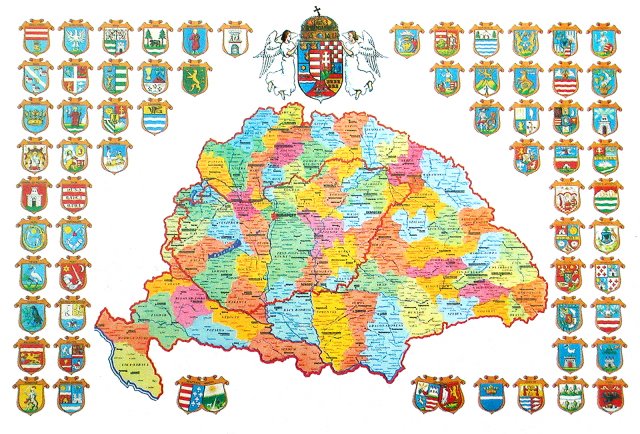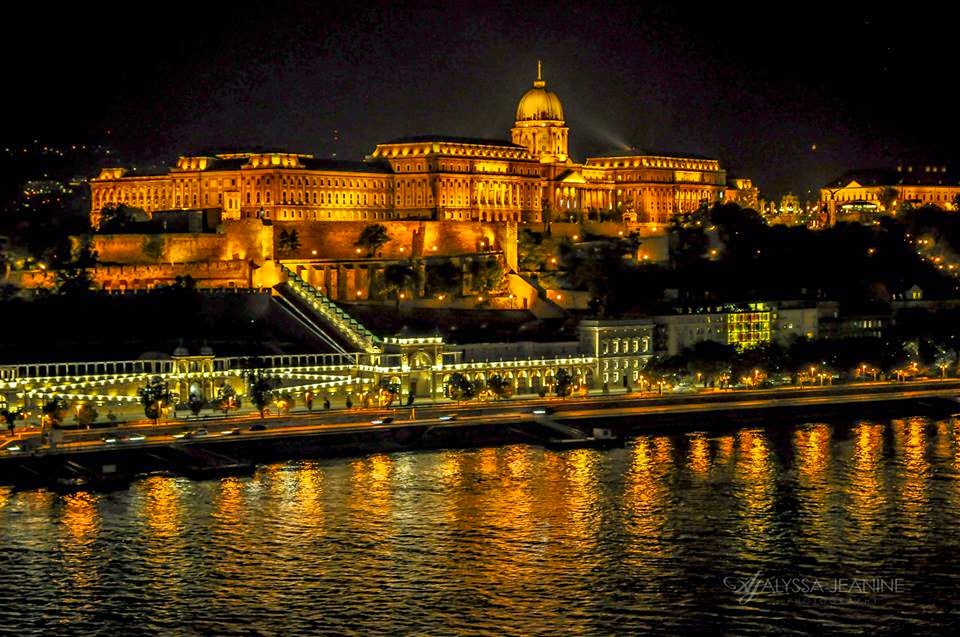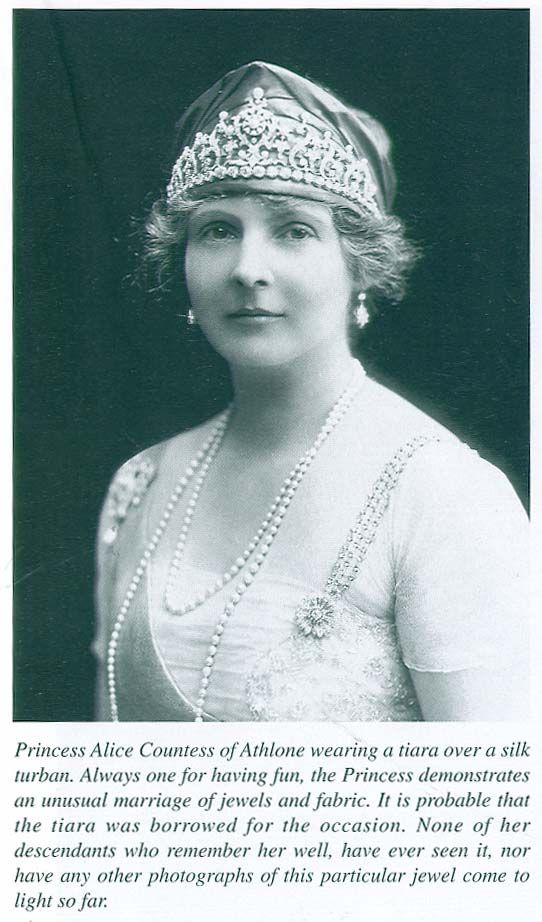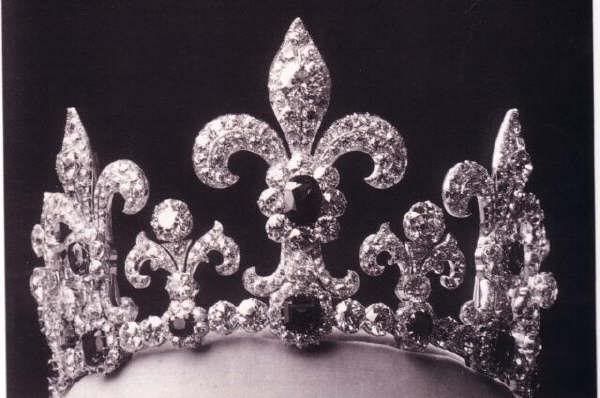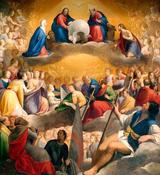
The Commonwealth of former members of the British empire, which represents about a third of the world’s population, have backed a “comprehensive” agreement on global climate-change talks in Copenhagen next month.
At its peak, the British Empire was the largest formal empire that the world had ever known. As such, its power and influence stretched all over the globe; shaping it in all manner of ways. It was a powerful institution some say more powerful than the EU today and dictated how we live now. When a fifth of the global poulation worked together it made a fantastic force. Although in the early stages the UK did rather overstep the mark for which Britain has expressed deep sorrow for the slave trade, Tony Blair saying: “We are sorry.”and for the sake of argument some say “how can we be sorry for normal practise at the time”…All that slavery and mass destruction is not the purpose of my blog
The real story is that 53 countries got together this weekend and agreed on action against the untold consequences that could result . Melting ice caps contributing to sea level rise, increased ocean temperatures, coastal erosion, coral bleaching and loss of beaches. A more recent phenomenon of fish migration and temperature changes affecting weather patterns, causing violent (don’t we know it) storm hurricanes and extensive rainfalls and resultant flooding.
Things offically kicked off according to Trinidad and Tobago News Blog
www.trinidadandtobagonews.com/blog with a dinner meeting on Friday night, hosted by Her Majesty, Queen Elizabeth II of England.
The Empire as we once knew it is now known more as the Commonwealth which is a voluntary intergovernmental organisation that covers fifty-three independent states. The collection of nations that belong to the organisation and the two billion people they represent justify its existence. The Commonwealth organisation has established itself throughout the former colonies of the British Empire
This 53-nation group, meeting today in the Caribbean island of Trinidad and Tobago, also said it supports $10 billion in annual funding by 2012 for “vulnerable” countries to help them bear the cost of curbing emissions.
Negotiations have been stymied as richer nations and developing countries disagreed on issues such as emissions- reduction targets and how much financial help industrialised nations should provide to poorer ones. Two weeks ago, Asia- Pacific leaders meeting in Singapore conceded that a binding global-warming accord at the summit is out of reach and aimed to strike a political deal that will push a more comprehensive deal down the road.
Pledges
Pledges by China and the U.S. this week to set numerical targets for their greenhouse-gas emissions, though, revived hope an agreement might be reached.
China’s Cabinet said Nov. 22 it would cut output of carbon dioxide per unit of gross domestic product by 40 percent to 45 percent by 2020 from 2005. A day earlier, the U.S. said it will propose a direct reduction of carbon dioxide in the same period of about 17 percent, provided that target is consistent with a new domestic climate law.
French President Nicolas Sarkozy, who traveled to Trinidad yesterday to press the case for an agreement in Copenhagen, told reporters yesterday that momentum has been building for an agreement “over the last three days.”
To learn more about the participating countries vist
http://resources.thecommonwealth.org/commearth/commearth2.html
